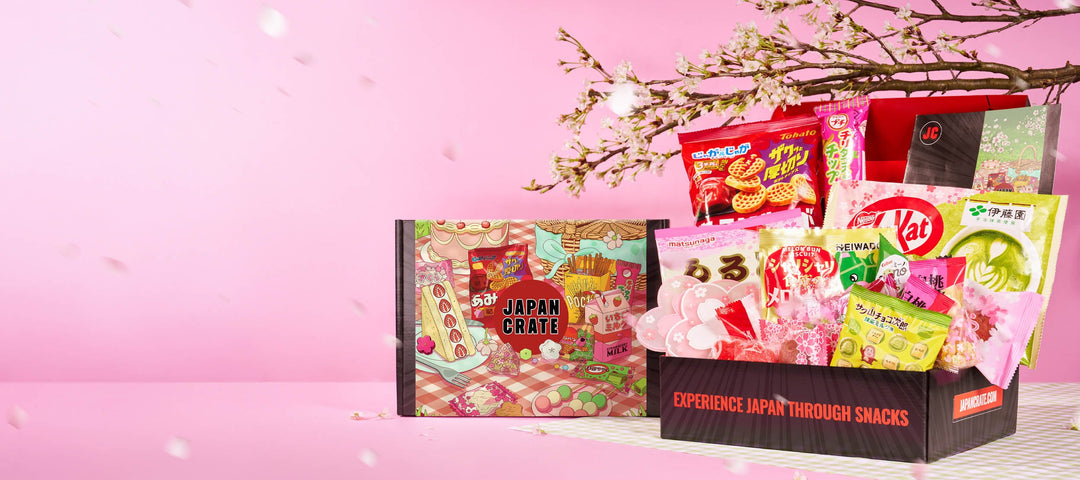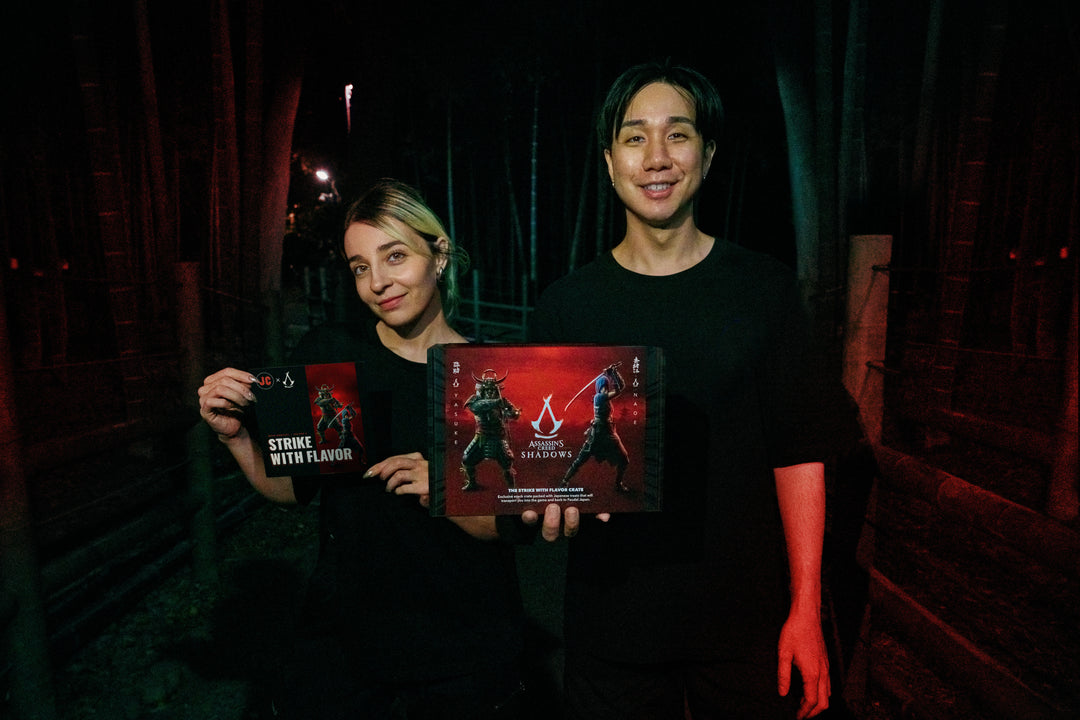Konpeito, a Candy Rooted in Japanese Culture

Konpeito is a simple, unflavored sugar-type rock candy that looks like star fragments and is made in Japan. Originally this hard candy was introduced to Japan by Portuguese traders and missionaries carrying out mission work during the Meiji period in the 16th century and has long since become a well-known name among Japanese sweets. The reason it is called “konpeito” in the Japanese language is that it comes from the Portuguese word “confeito,” meaning “confection” or “candy.”
Alongside other Japanese cuisine, early modern Japan used a combination of foreign words and styles for something and added its unique twist. This can be seen among many Japanese confectionery and other food items as well.
Sugar Candy
Konpeito candies fall under the category ‘dagashi’ of Japanese candy, which is comparable to penny snacks in other countries and usually contains a lot of sugar, making them a quick and less expensive go-to snack. The word “dagashi” is derived from the Japanese words “da” (“futile” or “negligible”) and “kashi” (snacks).
The low price and fun packaging is designed to attract children with small allowances, and “dagashi” came to be known as the small candies that children can afford with pocket money. However, it hasn’t always been this way; in the past, candy stores would take 7-13 days to produce these hard candies because they are made by repeatedly coating sugar syrup over a core consisting of a grain of coarse sugar.

Because raw sugar was rare, producing candy was expensive, so konpeito was considered a precious gift. Throughout history, the Imperial House of Japan has given konpeitō as a thank-you gift to important contacts and continues to do so today as an important gesture in Japanese cultural customs. The gift is meant to be presented in a special candy box like the one above.
A famous story portrays a Portuguese missionary offering a glass flask of konpeitō to Nobunaga, who was regarded as being a strong and renowned daimyo so that the Portuguese could obtain a permit for mission work of Christianity in Japan.
Another way that konpeitō has been cemented in Japanese history is through works of art like stories and, more modernly, manga and animation.
Konpeito in Anime

A familiar and arguably the most notable depiction of these snacks can be seen when the soot sprites in the famous Studio Ghibli animation created by Miyazaki “Spirited Away” are fed Konpeito. These kawaii candies in the shape of stars are given to the sprites after a hard day of working at the bathhouse. From this, it can be assumed that the sugar candy is used as compensation for their labor. In another anime and manga “Kobato,” Kobato, the main character, must heal people’s hearts to keep her magic bottle. When she does, she earns a special and enchanted type of Konpeito to keep in the bottle.
In the animated game super Mario Galaxy, star bits which are collectible items were modeled after the real rock candy. They come in many colors purple, red, white, yellow, green, and blue), and are even shiny like Konpeito. But even more recently the game Animal Crossing New Horizons has an item called star fragments which were modeled in the image of Konpeito and so, Japanese candy maker Kasugai teamed with Nintendo to create the real-life treat.

Konpeito Variations
Today, konpeito comes in various colors, flavors, and themes thanks to the advancement of infrastructure and refining technology. These yummy treats have been sold for over a century, so plenty of options have developed over the years for consumers, such as a Japanese pickled plum flavor. Sometimes, limited edition Konpeito is available, made specifically for certain seasons or regions in Japan, and can be purchased in most convenience stores across the country. Options like Kasugai Konpeito allow you to try Japanese konpeito from the comfort of your home.

Japanese Sweets
In Kyoto, one of the most traditional cities in Japan, you can buy konpeito from large containers at specialty stores along Japan’s old-style shopping streets. Many times fun variations of Japanese sweets can be found together. For example, fruit-flavored candy paired with Konpeito to create a ‘sweet bento box’ which looks like real Japanese food consisting of rice and sushi can be purchased as gifts or enjoyed with tea.

While traveling to Kyoto for an all-day candy-eating extravaganza can be fun, Japanese candy can be found all over the country with crazy candy variations and flavors. In the capital city, Tokyo, citizens and kids alike tend to gravitate towards the latest trending form of confectionery like Tokyo banana (a treat loved for its flavor and soft and chewy texture), matcha bread, and sakura chocolate, a season-limited flavor. In other parts of Japan, people like to eat sweet food filled with fruits from their prefecture because they tend to be fresh and farmers in those areas take great pride in the food that they harvest, almost like an art form.

Japanese Candy
The best way to taste test different food and kawaii varieties from Japan like konpeito is to subscribe to a subscription crate like our very own Japan Crate, which was the first-ever created of its kind, and Japan’s number 1 snack crate. You can try this and many other unique, crazy, and fun Japanese candies each month ranging from traditional treat options to candies with a unique, tart flavor! The best part is that you can try cool limited edition chocolate, crunchy tea-flavored bread, caramel corn, Senbei in the shape of a kitty, or other popular shapes, fun flavors of white/milk chocolate Kit Kats, gummies for a sore throat, and much more.
Candy can be delicious and fun, but even among one type of Japanese candy like Konpeito there are several variations and because the most sought-after candy is season-limited, it can be very hard to get outside of the country. Securing your candy can be made a lot easier by buying candy from subscription boxes that specialize in seasonal goodies, savory eats, kawaii munchies, and traditional treats. Because Konpeito is so versatile, it will be easy to find a version of it you like, no matter what flavors you enjoy.
If you can't wait until your Japan Crate subscription arrives, consider purchasing some sweets from Sugoi Mart's Candy Collection, which includes gummies, DIY candy kits, milk candies, and more!
We hope you get the chance to try konpeito, a candy rooted in Japanese culture.
Author Bio







Leave a comment